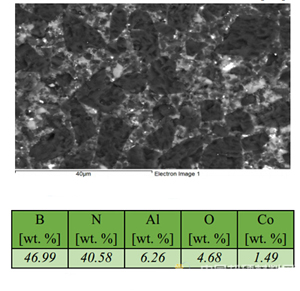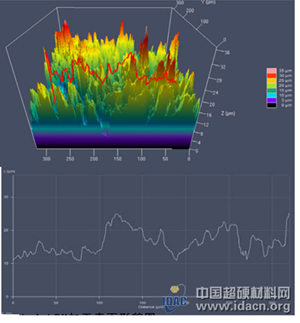
PCBN (Polycrystalline Cubic Boron Nitride) is the hardest substance that is second to diamond. Traditional processing techniques are difficult to deal with PCBN. A recent research designed a LBM (Laser Beam Machining) technique to deal with PCBN.
PCBN (Polycrystalline Cubic Boron Nitride) is the hardest substance that is second to diamond. Traditional processing techniques are difficult to deal with PCBN. A recent research designed a LBM (Laser Beam Machining) technique to deal with PCBN.
As a superior cutting materials for cutters, PCBN is generated by PCBN micro powder and bonding agents under high pressure and high temperature sintering. Usually PCBN does not require additional processing procedures. However, things are different for FSW (Friction Stir Welding), which uses friction heat as heat producer. The welding process is to use a cylindrical stirring pin to stretch into the seam of workpiece, rub it with welding workpiece by high speed rotating. The material around the seam will experience an increase in temperature and soften. With the shifting of the welding head, deformed material deposits, and the FSW seam is formed. The advantages of FSW include low energy consumption, high efficiency, dust-free, non-radioactive, etc.

The stirring pin should be with high toughness, good resistance to oxidation, and low thermal conductivity. The size of stirring spin is designed based on thickness of welded plate, and its geometry rests with welding materials. Therefore, LBM is appropriate for 2mm thick steel plate FSW technique.
LBM processing technique is suitable for difficult-to-process hard materials and free-form surface finishing. It takes about 4 hours to use LBM to process FSW tool. After the process, the sample is observed under microscope.

The conclusion is that LBM processing on PCBN can achieve an ideal roughness (Ra 3μm ). Compared with traditional mechanical treatment, LBM technique can save machining time. Besides that, LBM may cause increase in toughness. If only used in rough machining, the technique is capable of processing the workpiece surface needed in a short time. However, it is not suitable for precision machining.
Source: http://www.idacn.org/